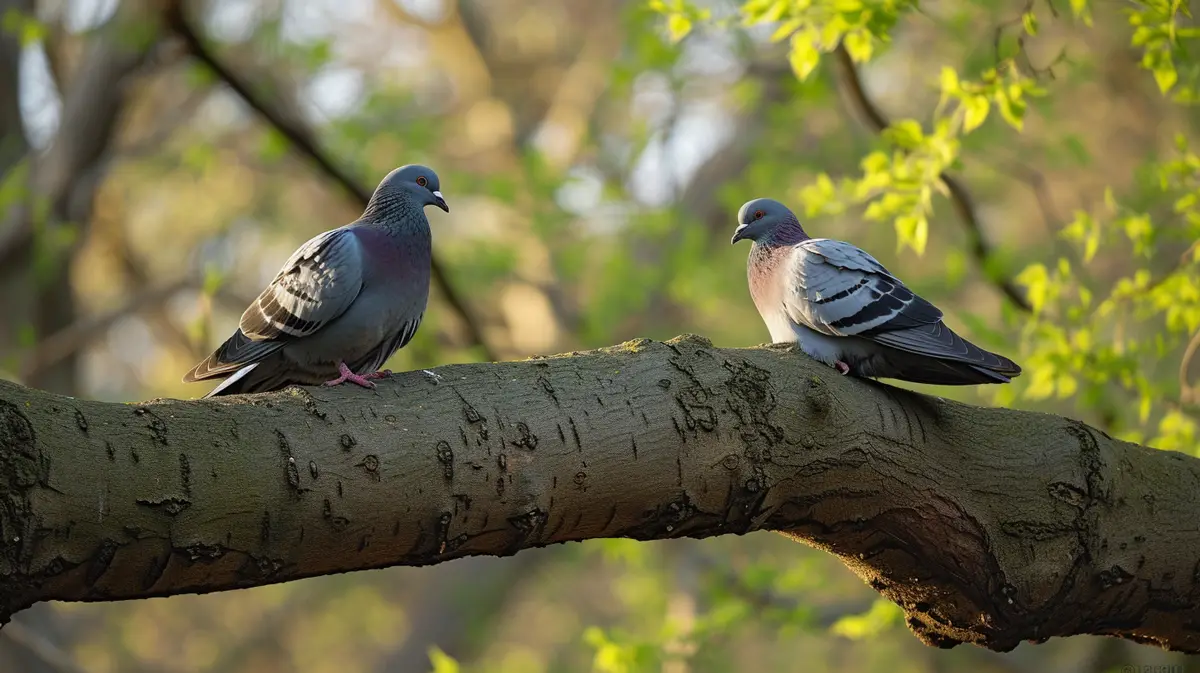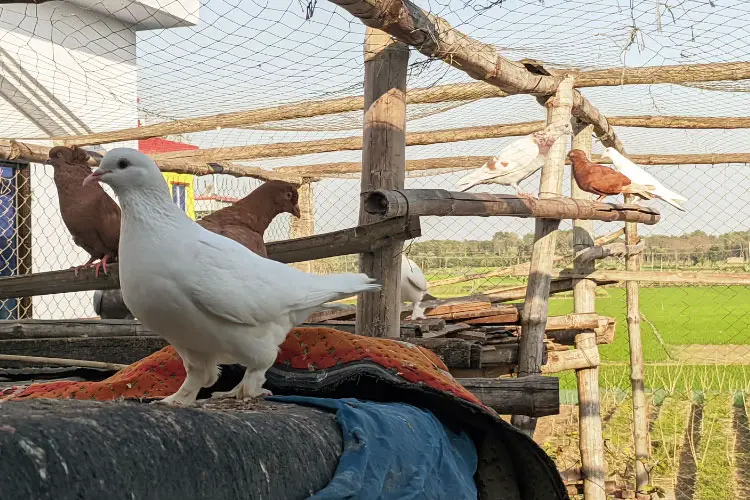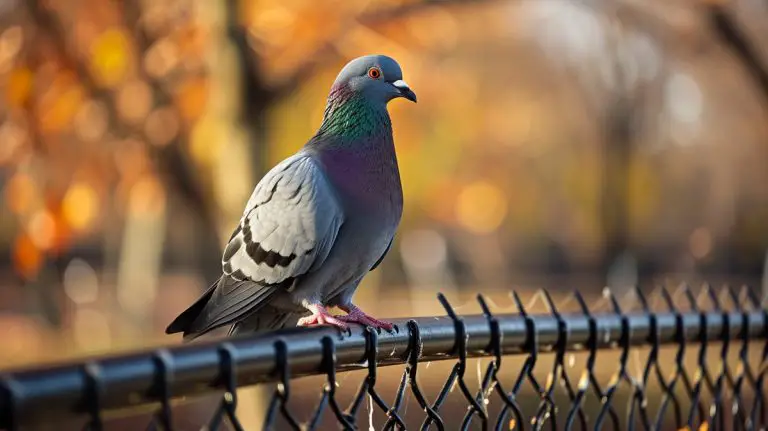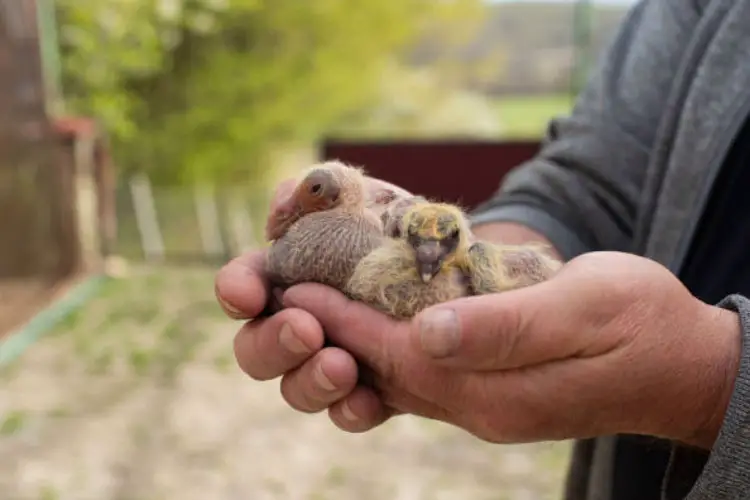The Evolution of the Pigeon Pair: Rethinking Family Balance and Embracing Diversity
Are you curious about the concept of a “pigeon pair”? Well, I’ve got you covered! In this article, I’ll be diving into the fascinating world of pigeon pairs and shedding light on what exactly they are. If you’ve ever wondered about the dynamics of having one boy and one girl in a family, or if you’re considering having a pigeon pair of your own, keep reading as I unravel the myths and realities surrounding this unique phenomenon.
When it comes to family dynamics, the concept of a pigeon pair has long been a subject of intrigue and speculation. A pigeon pair refers to a family with one male and one female child, often considered the ideal combination by many. But is there any truth to the idea that a pigeon pair brings a perfect balance to a family? In this article, I’ll be exploring the origins of this term, the cultural significance it holds, and the various perspectives people have on the pigeon pair phenomenon. So, whether you’re a parent, a sibling, or simply curious about family dynamics, get ready to delve into the world of pigeon pairs and uncover the truth behind this intriguing concept.
Origins of the Term “Pigeon Pair”
Let me shed some light on the intriguing origins of the term “pigeon pair.” The phrase itself might make you wonder how these two words came together to represent a unique family dynamic. Well, let’s dive in and explore its roots.
The term “pigeon pair” originated in British English during the 19th century. Surprisingly, it doesn’t have anything to do with actual pigeons! Instead, it draws on the idea that male and female pigeons tend to pair up and build a nest together – just like a family with one boy and one girl.
Interestingly, the term gained popularity in the context of Victorian-era families. At that time, having a pigeon pair was highly desirable and seen as a symbol of social status. It was considered a fortunate arrangement because it was believed to provide balance within the family unit.
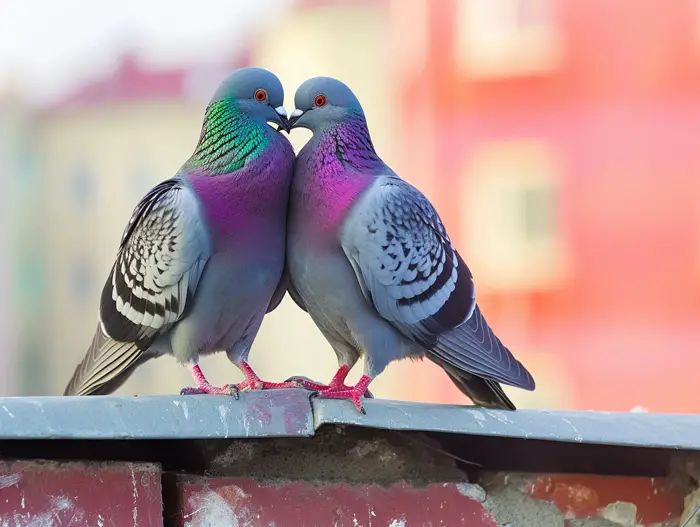
As society’s perspectives evolved, so too did the understanding of the pigeon pair phenomenon. People started to question the notion that families with one boy and one girl were somehow more blessed or complete. Instead, they recognized that families come in all shapes and sizes, and each configuration is equally valuable.
Even today, the term “pigeon pair” is used to describe families with one boy and one girl. However, its significance has shifted from a societal ideal to a simple descriptor of a family structure. It’s important to embrace the diversity of family dynamics and appreciate the love and connection that exist regardless of the gender composition.
The term “pigeon pair” has its roots in British English and was popularized during the Victorian era. While it once represented a desired family structure, it now serves as a descriptive term for families with one boy and one girl. Let’s celebrate the uniqueness of each family and cherish the love that binds us together, regardless of gender.
Cultural Significance of a Pigeon Pair
When we talk about the cultural significance of a pigeon pair, we delve into the historical and social factors that have shaped how it is perceived today. In British English during the 19th century, having a pigeon pair was seen as a symbol of social status and balance within the family unit.
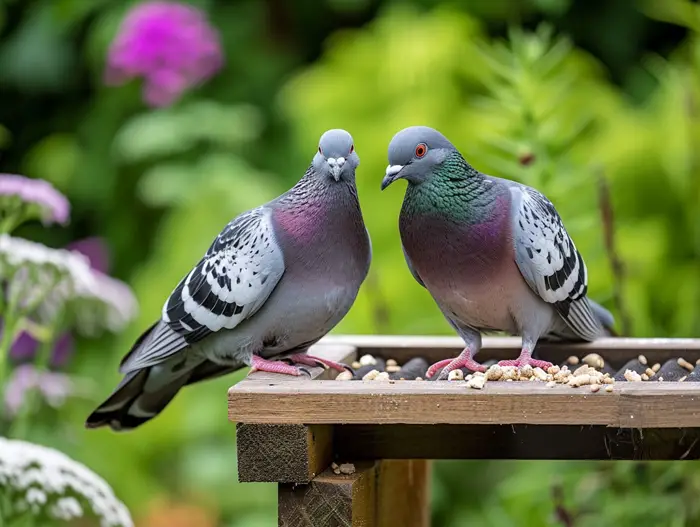
Symbol of social status: Back then, it was believed that having one boy and one girl in the family was a testament to one’s ability to produce an ideal and “complete” family. This notion stemmed from the traditional gender roles and expectations prevalent during that era.
Balance within the family: The idea of a pigeon pair represented a sense of equilibrium within the household. It was believed that the combination of a boy and a girl brought a harmonious balance to the family dynamic. This perceived balance was deemed favorable and desirable.
However, as society’s perspectives and understandings evolved, so did the perception of pigeon pairs. Nowadays, it is understood as simply a descriptor of a family structure that consists of one boy and one girl. The cultural significance of a pigeon pair has shifted, and its symbolic weight has diminished over time.
What we should take away from this is that family dynamics come in all shapes and sizes, and it is essential to embrace and celebrate the diversity that exists. The love and connection within a family are not limited by gender or family structure. The bond between siblings and parents transcends societal constructs and labels.
By understanding the historical context and cultural significance of a pigeon pair, we can recognize the importance of embracing diversity and cherishing the love and connection that exists within our families, regardless of gender. Let us move forward with an open mind and a deep appreciation for the unique dynamics that make each family special.
Perspectives on the Pigeon Pair Phenomenon
As I delve into the topic of pigeon pairs, it’s important to explore the various perspectives that surround this phenomenon. Over time, societal views and beliefs have evolved, bringing about changes in how we understand and appreciate pigeon pairs today.

Historical Significance:
Looking back at the 19th-century British society, having a pigeon pair was considered a symbol of social status and balance within the family unit. It was believed that having both a boy and a girl represented an ideal and complete family. This notion stemmed from the traditional gender roles and expectations prevalent at that time.
Shift in Perception:
However, as our society progressed and moved towards more inclusive and diverse narratives, the perception of pigeon pairs underwent a transformation. We began to realize that pigeon pairs are not defined solely by their gender compositions. It became clear that a family’s completeness should not be determined by the number or gender of its members but rather by the love and connection shared within.
A Descriptor of Family Structure:
Today, the term “pigeon pair” serves as a simple descriptor of a family structure where there are one boy and one girl sibling. It no longer carries the same weight of social status or expectations. Instead, we celebrate and embrace the diversity of family dynamics, recognizing that love and harmony can exist in any form.
By understanding the historical context and the shift in societal perspectives, we can appreciate the importance of breaking away from rigid gender norms and embracing the differences that make each family unique.
Moving forward, let’s continue to cherish the love and connection that exist within all families, regardless of the composition. The beauty lies in the bonds we create and the joy we share, not in conforming to predefined societal expectations.
The Ideal Balance: Myth or Reality?
When it comes to families, there has long been a fascination with achieving the ideal balance between a boy and a girl – the so-called “pigeon pair.” In 19th-century British society, having one son and one daughter was seen as a symbol of social status and a perfect equilibrium within the family. However, as society has progressed, our perception of the pigeon pair has shifted.

The pigeon pair is now understood as a simple descriptor of a family structure, where there is one boy and one girl. It is important to note that this concept does not define a family’s worth or success. Embracing diversity in family dynamics means cherishing the love and connection that exist regardless of gender.
While some may argue that the idea of achieving a pigeon pair is still relevant today, it is essential to examine this notion critically. Is it truly necessary to have both a boy and a girl to create balance within a family? Or is this belief simply a result of societal expectations and gender norms that are now being challenged?
Research shows that the desire for a pigeon pair may stem from various reasons, including cultural and personal preferences. However, it is also important to recognize that the notion of balance in a family is not solely determined by the gender of the children. The harmony within a family is shaped by a multitude of factors such as love, support, communication, and shared values.
Moreover, the idea of a pigeon pair can inadvertently place pressure on parents who may feel the need to conform to this ideal. In reality, families come in all different shapes and sizes, and their strength lies in the unique connections and relationships they forge.
In conclusion – or rather, as we continue to explore this topic – it is crucial to challenge traditional notions of family balance and embrace the diversity within our society. The pigeon pair, once a symbol of social status, has now evolved into a simple description of a family structure. By recognizing that there is no one-size-fits-all definition of the ideal family, we can celebrate the love and connection that exist within all families, regardless of their composition or gender.
Conclusion
In this article, we have explored the historical significance and shifting perception of the pigeon pair phenomenon. From being a symbol of social status and balance in 19th-century British society, the concept of pigeon pairs has evolved into a simple descriptor of family structure today. It is important to embrace diversity in family dynamics and recognize that love and connection transcend gender.
We have questioned the relevance of achieving a pigeon pair in modern society and highlighted that family balance is not solely determined by the gender of the children. The pressure to conform to the idea of a pigeon pair can be overwhelming for parents, but it is crucial to remember that families come in all shapes and sizes.
By challenging traditional notions of family balance, we can create a society that embraces the diversity within it. Let us celebrate the uniqueness of each family and cherish the love and connection that exist within them, regardless of whether they fit the pigeon pair mold or not. It is time to redefine what it means to have a balanced family and embrace the beauty of our diverse society.
